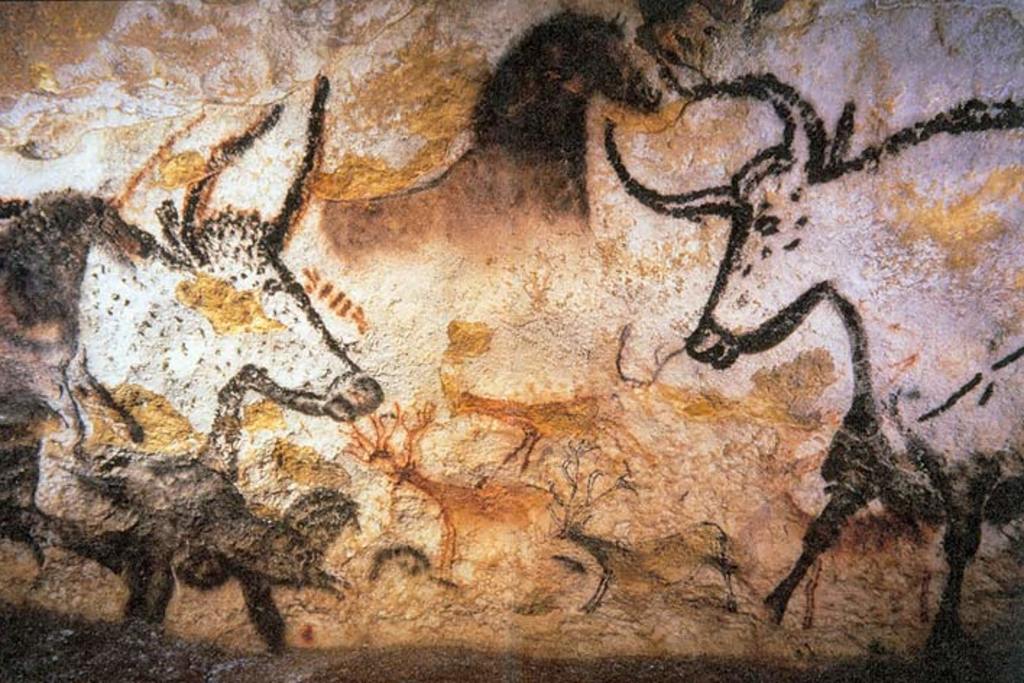
27 September 2023 | UNESCO
UNESCO classified sites in Nouvelle-Aquitaine
Nouvelle-Aquitaine has a large list of UNESCO world heritage sites, some world famous like Bordeaux or Saint-Emilion, others to rediscover like the Abbey Church of Saint-Savin-sur-Gartempe.
You will find 15 sites listed throughout the region which bear witness to the richness of our heritage: prehistory, fortifications but also places of pilgrimage.
Bordeaux, Port of the Moon
Its candidacy was validated in 2007, and the Port of the Moon is now part of UNESCO. Its port economy has brought it various architectural influences, from England and the Netherlands, the capital of New Aquitaine presents a building of remarkable homogeneity with light stone facades.
Jurisdiction of Saint-Emilion
Made up of eight communes which correspond to the jurisdiction established in the 12th century by the King of England Jean_Sans-Terre, it constitutes a remarkable wine-growing country. In 1999, it was the first wine-growing region to be classified as a world heritage site.
The Abbey Church of Saint-Savin-sur-Gartempe
East of Poitiers, Romanesque art in Poitou entered the UNESCO list in 1983 as a masterpiece. André Malraux nicknamed it the Sistine Romane for its wall paintings from the 11th and 12th centuries.
The paths of Saint-Jacques-de-Compostelle
In Nouvelle-Aquitaine you will find the great roads of Saint-Jacques-de-Compostelle. You will find along these roads, the heritage marked by the passage of pilgrims, made of cathedrals, churches, hospices, basilicas, and abbeys. The heritage was registered as a world heritage site in 1998, joining the routes to Santiago de Compostela in Spain.
Find the list on the Chemins de Compostelle website.
The majority of towns and villages located on the paths are accessible by regional train or bus.
The Cordouan lighthouse
The Courdouan lighthouse is also called the Versailles of the Seas and inscribed in 2021 on the UNESCO world heritage list. The lighthouse is an architectural masterpiece: beyond its role in lighting the coasts, it also becomes a laboratory of innovation for French engineering. The lighthouse is a masterpiece of architecture beyond its role in lighting the coasts, it also becomes a laboratory of innovation for French engineering.
The prehistoric sites and caves of the Vézère valley
In 1940, two boys stumbled upon the Lascaux caves after years of sleeping underground. Animal frescoes and colorful drawings make this place a sumptuous and timeless place. This region of Périgord Noire also has other caves. Like the Combarelles cave. The Vézère valley has nearly 25 decorated caves.
Cité Frugès - Architectural work of Le Corbusier in Pessac
Le Corbusier classified on the UNESCO world heritage list in 2016. The Frugès city lives under the innovative eye of the architect Corbusier in 1926 in Pessac. You will discover seven different genres: skyscrapers, quincunxes and zigzags, twins, arcades, and two types of isolated houses.
Vauban lock of the Gironde estuary at Blaye
Built in 1689, Fort Médoc is the work of the famous engineer Sébastien Vauban. Built under the aegis of Louis XIV, it protected the city of Bordeaux from possible enemy attacks from the Gironde estuary. It consists of three fortifications: the citadel of Blaye, Fort Médoc and Fort Pâté in Cussac-Fort-Médoc. You can visit the first for free as well as the second for a paid entrance ticket.
